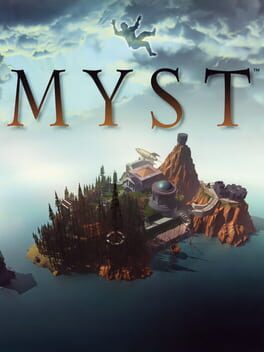I suspect Myst will go overlooked by the vast majority of modern audiences due to an (arguably) lackluster presentation, yet that may just be the ace up its sleeve. When you compare Myst to any other puzzle game, it's sort of mind-blowing how it has pretty much only individual puzzles per area, barring those having to directly interact with the Age gimmick, and yet there's next-to-zero communicative failure on a sensory side regarding what those puzzles do. Even if you're pixel-hunting to discover the mechanisms you need, or just clicking hopelessly to find another screen you missed somewhere, the actual mechanisms at play are immediately quite clear-cut and intriguing in function. They're industrial, you read the cues of how you'd physically interact with those objects and voila, you've done it. The scope of the areas leaves you still scratching your head about the greater purpose of anything you find in spite of this though, and it's this combination that makes Myst both a solid game for those completely unfamiliar with video games, and those who've spent their life on the medium. Almost every technique here is beginner-friendly, but doesn't push away hardcore players, so much so that the only method of movement is extremely intuitive in a way I think almost anyone could immediately grasp, and is hard to formulate solid complaints against at the same time given Myst's goals. It'll lure in newcomers... but it'll also interest anyone deeply familiar with video games as a whole, with its fascinating setting and worldbuilding that don't fall clearly into any genre of fiction, alongside the creative puzzle concepts, which make the process of "fucking around with (effectively) alien contraptions" all the more alluring. If there's any point to take away from all this: designers of the future, and players, should probably go back to Myst to voice how to clearly communicate unique gameplay ideas without overt text being a driving factor, because it's excellent nonetheless.
